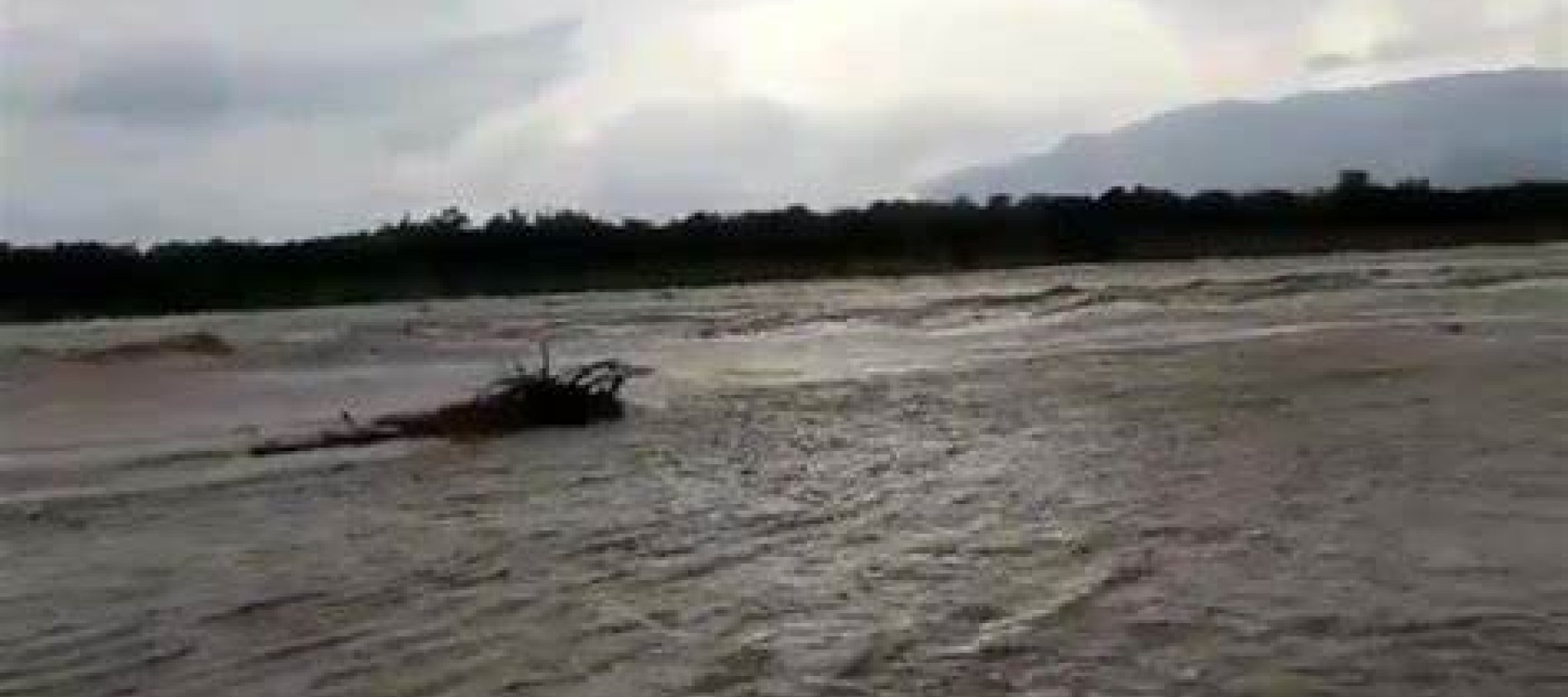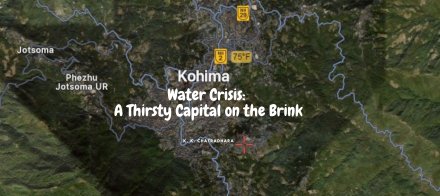 |
1) The sadness of Bagaribari
If it's 2 feet, it's 6 feet deep in the sand that's buried in the field. Now, there is a desert atmosphere at Bagaribari in Tamulpur district, near Rangia. On June 16, the mathauri of the Puthimari river was broken. The rising water did not contain any sediment, only sand was brought. The sand that has been deposited by the water is currently causing havoc. While taking shelter in Mathauri (embankment), I met Dandi Das of Bagribari No. 1 with his family. He stated that I was unable to imagine that water would bring such danger. On my 14 bighas of land, there was sand everywhere. I'm unable to imagine what I would like to cultivate on that land. If there were irrigation systems and the government helped, we could have grown red gourds and almonds in areas with less sand. Furthermore, there is no advantage. It is impossible to remove the sand. Since 2000, the area has started to sand. Haren Das, a farmer, started farming on 6 bighas of land with less sand starting in 2021. On June 16, 2022, the embankment was breached, destroying all hope. The farmer stated that the government has provided various aid; however, it has not taken any measures to eliminate sand from the soil. Our threat has risen, as a result. It will have a negative impact on the village's socioeconomic aspect. To make up for the losses of paddy cultivation, we cultivated sugarcane. What can we do with the sand fields, even if there isnt a water source nearby? Even rabi crops can be accomplished. Family like Samindra Das and Nirmali Das started fishing to save themselves from the water and make a little more money than paddy. Nirmali Das started fishing by digging a three-bigha pond. But the pond was covered in sand and nobody knew who owned it. Tell me about what we do, he said. The village has a population of around 90% farmers. With each house, the same situation. There is a request to tie the mathauri well. Provide irrigation services. Find out how to do profitable farming with less water. '
Zakir Hussain from Bagribari managed to construct the pucca house by accumulating a modest sum of money from the sale of cashew nuts, paddy, sugarcane, ducks, and chickens. It is no longer in the house. It's only been six months since I stayed. Housework was left. There was no lime and oil. A strong stream of rising water destroyed the house by throwing a pond in the area where it was located.
A farmer, Hussain wasn't at home.' The wife was Asma Begum, who we met. "With no revenue from paddy cultivation, we attempted to generate a livelihood by cultivating sugarcane and lemon on five bighas of land," she asserts. The 2022 floods have happened, and I don't know what to do. Cane and lemon yields have declined on sandy soil. The water has done a lot of damage to us. The family is planning to start cultivating watermelons, red gourds and almonds in phases, which require less water. However, they do not have the necessary funds. Hussain cultivated paddy with 10 bighas of land in Dhulabori on a yearly contract, but after the floods, the paddy crop did not do well again due to the rains. Abdul Hai, another farmer, said that many farmers in the region are having this problem this time. Asma Begum said that farmers are now more at risk because of the sand that comes with floods and rains that don't come on time. '
(2) Sunertari
Mr. Taizuddin Ahmed, a farmer who is known as the master of farming in the area. Ahmed, who studied art, has used the same land in different ways. He has also been able to grow crops on land that is not usually grown. He has become a role model for others by cultivating black cumin, almonds, watermelons, sugarcane, and other vegetables. Ahmed, a farmer, says that almonds and watermelons are cheap to grow and produce. The income is, however, high. Nuts and watermelons require sand soil that is not used for any other crop. From a bigha of groundnut cultivation, an average of Rs. 12,000 can be earned. In contrast, the profits of watermelon cultivation are even higher. The farmer used to grow potatoes together under the sugarcane crop. Instead of laying the land flat, he was able to harvest up to 22 quintals of potatoes per bigha by planting them under sugarcane. The money from growing potatoes was used to cover a portion of the cost of cultivating sugarcane. However, as a result of the effects of climate change, erosion, and water issues, agriculture in the greater region is no longer as profitable as it was previously. Ahmed says that he should grow different crops on the same plot of land and grow another with one.
To understand how climate change has affected the farmers of Assam and how it will affect them in the days to come, one should go to Taizuddin Ahmed and the farmers of his village. Ahmed, a farmer from Sunertari in Barpeta district, had cultivated around 50 bighas of land a year between 2017 and 2018. Ahmed, who cultivates other farmers' land or unused land, has started cultivating only 15–20 bighas of land in the Rabi season in 2022, though his land is around 10 bighas. The reasons for this are the erosion of the Brahmaputra, untimely floods, the outbreak of floods that are steadily increasing during the monsoon, the heat increase, the decrease in rainfall during the rabi crop season, etc. Several thousand bighas of cultivated land are covered by the Brahmaputra. In the past, Ahmed used to employ 15-20 people in a year. That number has now decreased to five. Ahmed relates that during the 2022 floods, I have been devastated by the destruction of jute and Boro paddy from the fish of the pond. Farmers are the problem now. The rabi crop has to make up for some of the losses. The agriculture department started exhibition farming of Boro paddy a few years ago in Ahmeds village. This farmer has won awards on a district and state level as a progressive farmer. "We have to take on the challenge of climate change and move forward," Ahmed said. The Department of Agricultural Horticulture has to move us forward by using different strategies. We need to use farming methods that use less water. Otherwise, farmers who are affected by climate change will not be able to survive.
Story by Arup Sandilya
Geolocation is 26.199861935772986, 90.1253881


